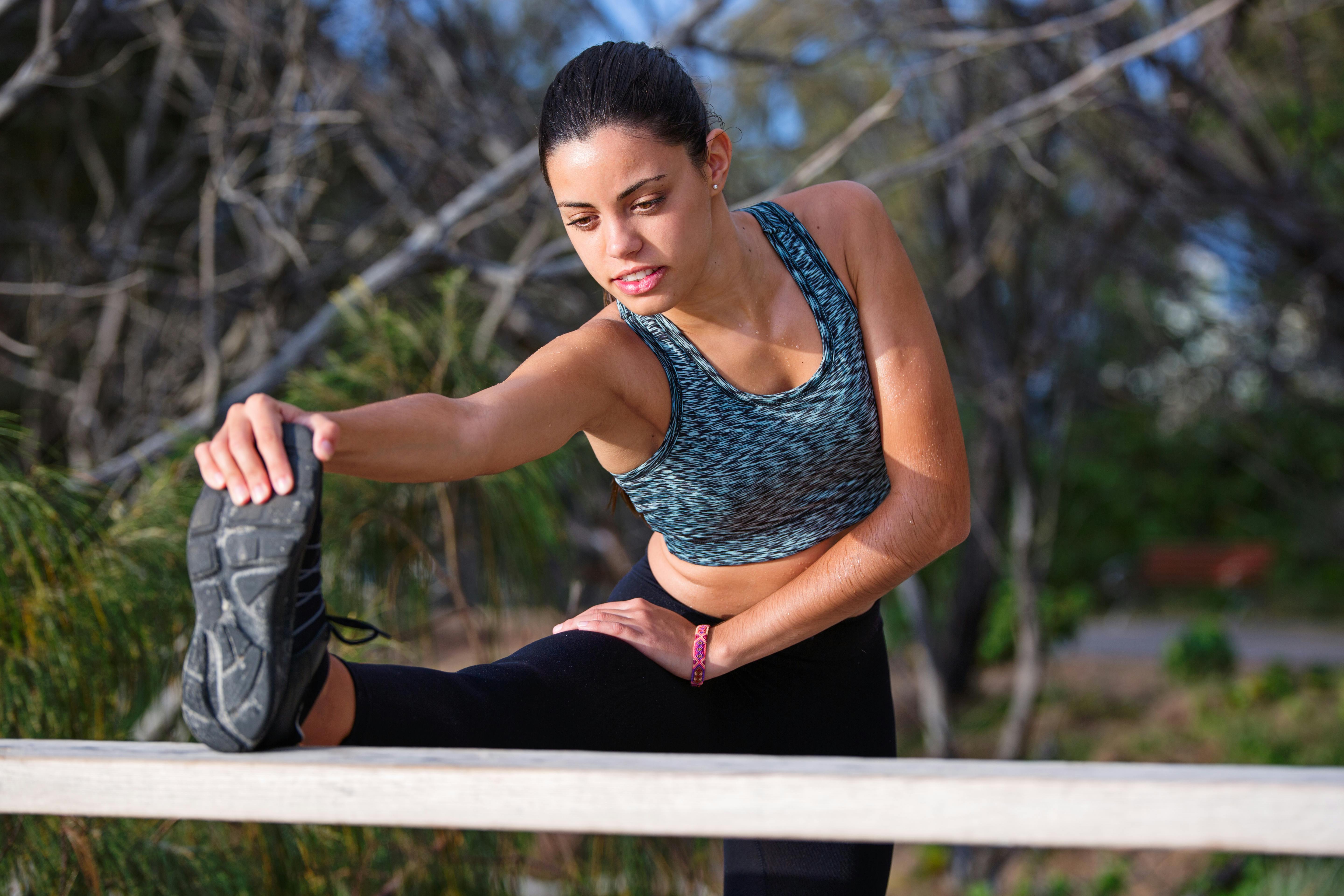Static Stretching vs. Dynamic Stretching: When to Use Each for Optimal Performance

Stretching is a critical part of any athlete’s routine, improving flexibility, increasing range of motion, and reducing the risk of injury. However, not all stretches are created equal. Two common forms of stretching—static and dynamic—are often used to prepare the body for physical activity or help it recover. Knowing when and how to use each type can make a significant difference in performance and injury prevention.
This article breaks down the differences between static and dynamic stretching and explores when to incorporate them into your routine for optimal performance.
1. Understanding Static Stretching

Static stretching involves holding a muscle in a lengthened position for a specific period, usually between 15 to 60 seconds. This form of stretching is designed to elongate the muscle and increase flexibility over time. Common examples include hamstring stretches, quadriceps stretches, and shoulder stretches.
Benefits of Static Stretching:
Increases Flexibility: Static stretching is highly effective at improving flexibility and lengthening muscle fibers. Over time, it enhances your range of motion, which can help in sports that require a high degree of flexibility, such as gymnastics or dance.
Promotes Relaxation: Holding stretches for extended periods can have a calming effect on the body, helping to relieve tension and promote relaxation, especially after intense workouts.
Aids in Recovery: Post-exercise static stretching is a great way to cool down and prevent stiffness and soreness by encouraging blood flow to the muscles.
2. Understanding Dynamic Stretching

Dynamic stretching, on the other hand, involves moving parts of your body through a full range of motion in a controlled and gradual manner. These stretches are designed to activate muscles, increase heart rate, and prepare the body for physical activity. Examples include leg swings, arm circles, and walking lunges.
Benefits of Dynamic Stretching:
Prepares Muscles for Activity: Dynamic stretching is ideal for warming up the body before exercise. It activates the muscles you’re about to use, increases blood flow, and improves overall muscle elasticity, which can help prevent injury.
Improves Range of Motion: By repeatedly moving muscles through their full range of motion, dynamic stretching improves mobility and prepares your joints for movement.
Enhances Performance: Studies have shown that dynamic stretching can improve power, agility, and speed, making it an essential part of a pre-exercise routine for athletes in sports such as football, basketball, and soccer.
3. When to Use Static Stretching
While static stretching offers significant benefits, it’s best used at specific times to avoid negatively affecting performance. Here's when static stretching is most effective:
Post-Workout: Static stretching is best performed during the cool-down phase, after a workout or athletic event. It helps to lengthen muscles that have been shortened during exercise, aids in muscle recovery, and reduces soreness.
For Flexibility Training: If flexibility is your primary goal, such as for activities like yoga or gymnastics, static stretching can be incorporated as part of your regular routine, independent of your workout.
Avoid static stretching before workouts as it can temporarily weaken muscles and reduce power output, making it less effective for high-intensity activities.
4. When to Use Dynamic Stretching
Dynamic stretching is ideal before physical activity, as it readies the body for movement and reduces the risk of injury. Here’s when to use dynamic stretching:
Pre-Workout or Pre-Game: Incorporate dynamic stretches into your warm-up to activate muscles and joints. Movements like leg swings, high knees, and arm circles help increase circulation, prepare the nervous system, and improve overall mobility.
During Warm-Ups: Before any intense exercise, dynamic stretching is key. It increases body temperature and primes the muscles for explosive or endurance-based activities to come.
5. Combining Both for Optimal Performance
To achieve the best results, a combination of both dynamic and static stretching should be integrated into your fitness routine. Start with dynamic stretches as part of your warm-up to activate your muscles, and finish with static stretches to cool down and lengthen tight muscles. This approach not only helps to improve performance but also prevents injuries and aids in recovery.
Conclusion
Static and dynamic stretching each has unique benefits that can contribute to your overall athletic performance.
Use dynamic stretching before your workouts to activate muscles and prepare for action, and static stretching after exercise to promote flexibility and muscle recovery.
Incorporating both types of stretches at the right times ensures that you’re setting yourself up for optimal performance, whether you're on the field, the court, or in the gym.
Discover more fitness articles below:
- Exercising in Small Doses Throughout the Day: Tips for Aspiring Pro Cheerleaders
- How to Manage Weight and Lean Muscle Mass as a Pro Cheerleader
- How Do You Track Your Fitness Progress? A Guide for Aspiring Pro Cheerleaders
Need a Great Workout Routine for Your Pro Cheer Audition Prep?
Pro cheerleaders stay fit, flexible, and strong so they can give their best performance in the arena. However, achieving that wow-worthy, toned physique doesn’t happen overnight. You need to arm yourself with the right daily workouts.
Thinking of becoming a pro cheerleader?
We are offering you our fun, FREE (for a LIMITED time) POM FIT™ INTRO CLASS that teaches you beginner-friendly cardio moves.
To take your cheerleading fitness to the next level, we also have POM FIT™: GAMEDAY1™ - a series of challenging full-body cardio classes that include a body stretch class, kick stretch class, abdominal workout class, and more.
Join a POM FIT™ class below:
POM FIT™ INTRO CLASS (Free for a LIMITED time)


